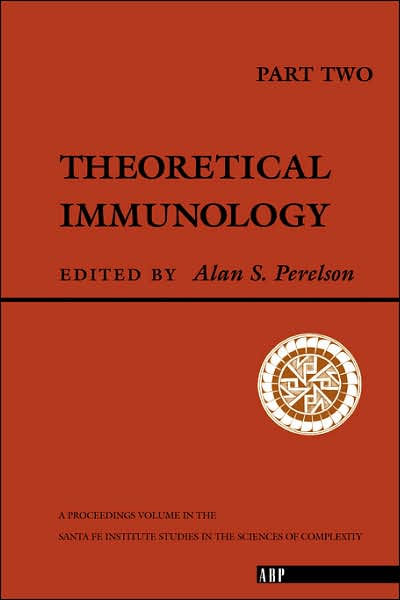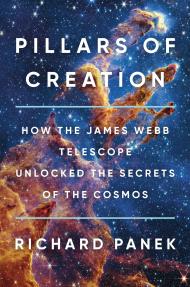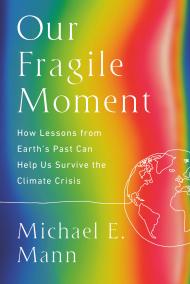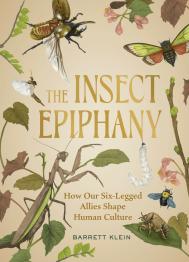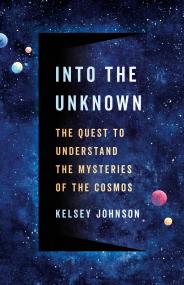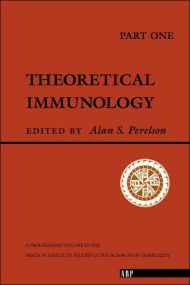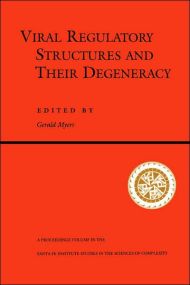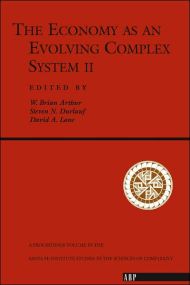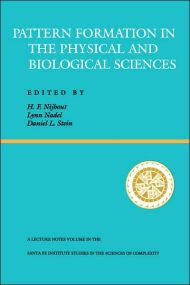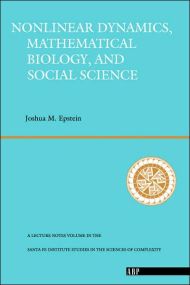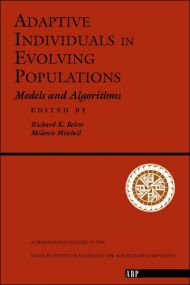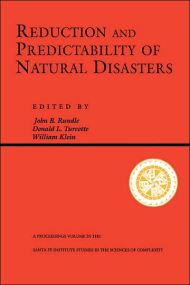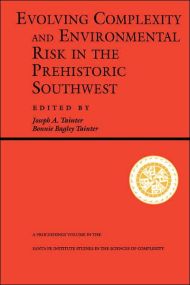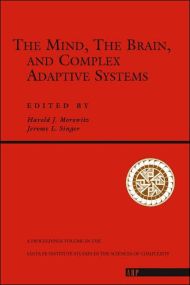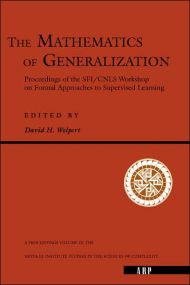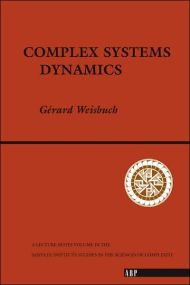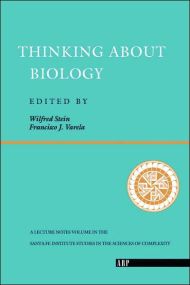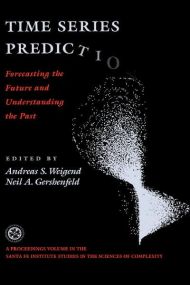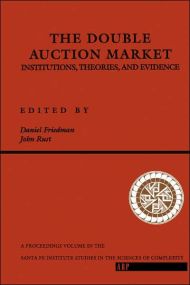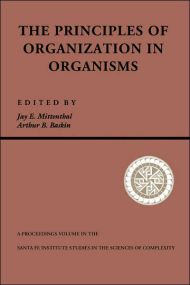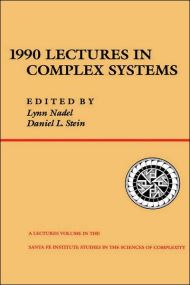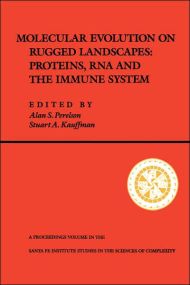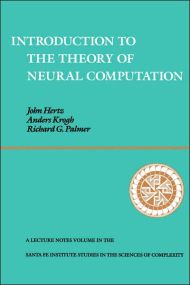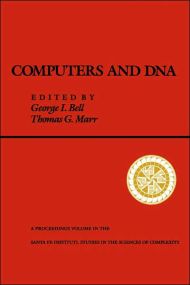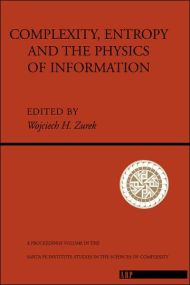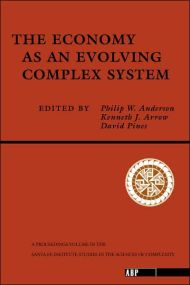Promotion
Use code BESTBOOKS24 for 25% off sitewide + free shipping over $35
Theoretical Immunology, Part Two
Contributors
Formats and Prices
Price
$56.00Format
Format:
Trade Paperback $56.00This item is a preorder. Your payment method will be charged immediately, and the product is expected to ship on or around April 22, 2003. This date is subject to change due to shipping delays beyond our control.
Also available from:
Assuming that the complex phenomena underlying the operation of the immune system may be better understood through the collaborative efforts of theorists and experimentalists viewing the same phenomena in different ways, the Sante Fe Institute and the Theoretical Division of Los Alamos National Laboratory cosponsored a workshop entitled “Theoretical Immunology.” The workshop focused on themes spanning the field of immunology, with emphasis on areas where the theorists have made the most progress. This book covers the discussions a that workshop on the topics of immune surveillance, mathematical models of HIV infection, complexities of antigen-antibody systems, immune suppression and tolerance, and idiotypie networks. In each of these areas there is reason to believe that advances can be made either through interactions among experimentalists and theorists or through the critical look experimentalists and theorists will bring to bear upon one another’s work.
Genre:
Series:
- On Sale
- Apr 22, 2003
- Page Count
- 432 pages
- Publisher
- Black Dog & Leventhal
- ISBN-13
- 9780201156881
Newsletter Signup
By clicking ‘Sign Up,’ I acknowledge that I have read and agree to Hachette Book Group’s Privacy Policy and Terms of Use
